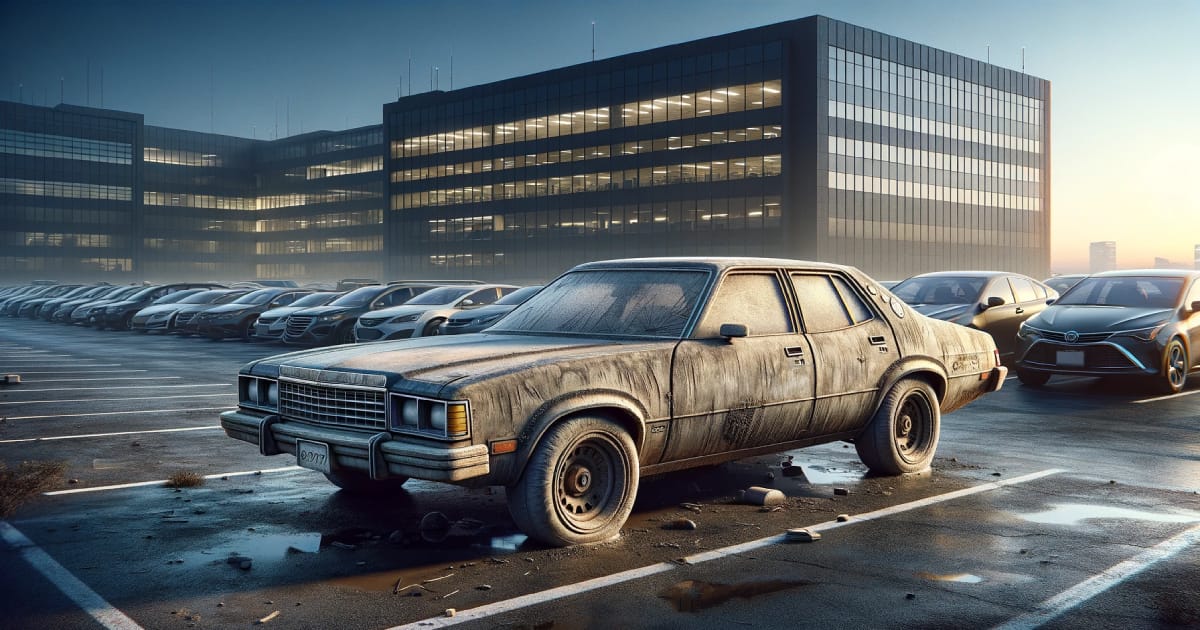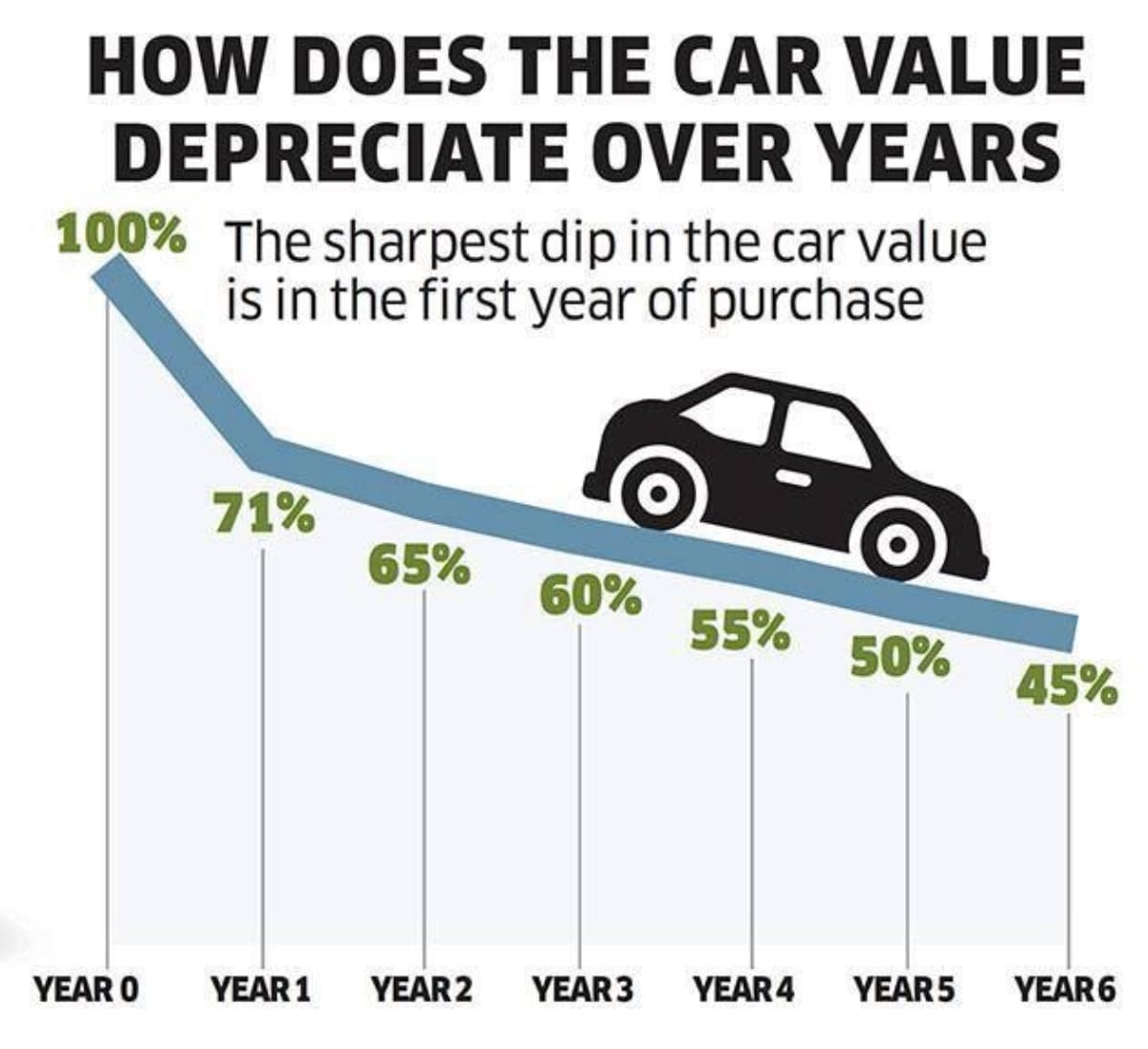3 Highly [Depreciating Assets] in Business
![Cosmico - 3 Highly [Depreciating Assets] in Business](/content/images/size/w1200/2024/03/3_highly_depreciating_assets_in_business_2024_cosmico_business_tech_insights.jpg)
Depreciating assets are a significant concern for any business, impacting financial statements and influencing asset management decisions. Defined broadly, depreciating assets lose value over time due to wear and tear, usage, or obsolescence. This inevitable process can dent a company’s profitability and operational efficiency if not properly managed. Understanding which assets depreciate the most and how to mitigate this depreciation is crucial for maintaining a healthy balance sheet and ensuring long-term business sustainability.
We're going to take a close look at 3 types of assets that depreciate rapidly: vehicles, technology and equipment, and office furniture and fixtures. For each one, we'll explain why their value drops so quickly and suggest strategies for managing and reducing the financial impact of that depreciation. By really digging into these high depreciation offenders, businesses can get better at managing their assets to protect the bottom line from depreciation's eroding effects.
Depreciating Asset 1) Vehicles

The rapid depreciation of vehicles is a well-documented financial phenomenon, significantly impacting businesses that rely on transportation. From the moment a new vehicle is driven off the dealership lot, it begins to lose value, with the most significant drop occurring in the first few years of ownership. This depreciation can vary widely based on the make, model, usage, and maintenance of the vehicle, but the underlying trend is a universal challenge for businesses.
Factors Influencing Vehicle Depreciation
- Brand and Model Popularity: Some brands and models retain their value better due to their reputation for reliability, performance, and lower maintenance costs.
- Mileage: The more a vehicle is driven, the faster it depreciates. High mileage can significantly impact a vehicle's resale value.
- Condition and Maintenance: Regular maintenance and good care can slow depreciation by ensuring the vehicle remains in good condition.
- Economic Conditions: Broader economic factors can influence vehicle demand and resale value, affecting depreciation rates.

Impact on Businesses
For businesses, especially those with fleets or reliant on vehicle transportation, depreciation can represent a substantial cost. The loss in asset value must be recorded on financial statements, affecting the net book value of assets and potentially impacting borrowing capacity. Additionally, the costs of replacing vehicles more frequently can strain budgets and affect operational efficiency.
Strategies to Manage Depreciation Costs
- Leasing Vehicles: Leasing can be a viable alternative to purchasing, allowing businesses to avoid the brunt of depreciation costs.
- Purchasing Used Vehicles: Buying slightly used vehicles can be cost-effective, as the initial depreciation hit has already occurred.
- Optimizing Vehicle Lifespan: Maintaining a strategic replacement schedule that balances operational efficiency with depreciation costs can help manage expenses.
- Tax Considerations: Depreciation can be leveraged as a tax deduction, providing some financial relief.
By understanding the factors that influence vehicle depreciation and employing strategies to mitigate these costs, businesses can better manage their transportation needs while protecting their bottom line.
Depreciating Asset 2) Technology and Equipment

Technology and equipment represent significant investments that unfortunately depreciate rapidly. This depreciation is driven by constant technological advancements, leading to newer, more efficient models that render older versions obsolete. The rapid pace of innovation means that what is cutting-edge today can become outdated in just a few years, if not months, affecting the value of these assets significantly.
Reasons for Rapid Depreciation
- Technological Advancements: The relentless pace of technological innovation means new models with advanced features are continuously released, decreasing the value of older equipment.
- Wear and Tear: Regular use of technology and equipment leads to physical wear and tear, further diminishing its value.
- Market Demand: As newer models become available, demand for older versions drops, leading to a decrease in their market value.
Case Studies
Consider the rapid depreciation of smartphones and computers as a case in point. A high-end smartphone can lose much of its value within a year of its release due to newer models with enhanced capabilities. Similarly, specialized machinery in manufacturing can become less efficient and less valuable compared to new models that offer better performance and energy efficiency.
Recommendations for Businesses
- Strategic Asset Management: Businesses should adopt a strategic approach to technology and equipment acquisition, considering not just the purchase price but the total cost of ownership, including depreciation.
- Lease vs. Purchase Decision: Leasing equipment can be a more financially prudent option for rapidly depreciating assets, as it allows businesses to upgrade to newer technology without the full cost of ownership.
- Regular Updates and Maintenance: Keeping technology and equipment updated and well-maintained can prolong its useful life and slow depreciation.
- Disposal and Recycling: Efficiently disposing of or recycling old equipment can help recover some value and reduce the overall impact of depreciation.
By recognizing the factors contributing to the rapid depreciation of technology and equipment and implementing strategies to mitigate these effects, businesses can better manage their investments in these critical assets.
Depreciating Asset 3) Office Furniture and Fixtures

Office furniture and fixtures, encompassing desks, chairs, filing cabinets, and lighting, are essential for creating a functional and comfortable workspace. However, these assets depreciate over time due to wear and tear, changes in workplace trends, and the natural desire for businesses to upgrade their work environments. Understanding this depreciation and managing it effectively is crucial for maintaining a company’s financial efficiency.
Factors Contributing to Depreciation
- Wear and Tear: Daily use of furniture and fixtures naturally leads to wear and tear, reducing their value over time.
- Design and Technological Trends: As workplace designs evolve and new technologies emerge, older furniture and fixtures can become outdated, making them less desirable.
- Economic Conditions: Economic downturns can lead to a saturated second-hand market, further decreasing the resale value of these assets.
Effects on Business Operations and Financial Statements
The depreciation of office furniture and fixtures affects businesses by necessitating periodic upgrades or replacements to maintain an attractive and efficient working environment. This depreciation is recorded on financial statements, impacting the net book value of a company’s assets. Regularly replacing or upgrading office assets also requires budget allocation, which can strain financial resources if not managed carefully.
Suggestions for Prolonging Life and Reducing Depreciation Expenses
- Quality Over Quantity: Investing in high-quality, durable furniture and fixtures can reduce the frequency of replacements and lower long-term costs.
- Regular Maintenance: Implementing a regular maintenance schedule can extend the life of office assets and help maintain their value.
- Flexible and Timeless Designs: Choosing furniture and fixtures with timeless designs and flexible functionality can minimize the need for frequent updates due to changes in trends or technology.
- Asset Management Strategy: Developing a comprehensive asset management strategy, including a depreciation schedule, can help in planning for replacements and managing financial impacts.
By taking a strategic approach to the acquisition and maintenance of office furniture and fixtures, businesses can mitigate the effects of depreciation, ensuring that their work environments remain both functional and financially manageable.
Final Thoughts
Depreciation is a key factor affecting business finances, particularly for rapidly depreciating assets like vehicles, technology, and office equipment. Understanding how these assets lose value and managing the associated costs is crucial for maintaining financial health and long-term sustainability.
To mitigate the impact of depreciation, businesses should focus on effective asset management, making informed decisions about leasing versus purchasing, and utilizing tax benefits. Proactively managing asset disposal and recycling can also offer financial advantages. Strategic decision-making around depreciation helps companies improve their financial performance and maintain a competitive edge.
Key Takeaways
| Asset | Key Depreciation Factors | Business Impact | Management Strategies |
|---|---|---|---|
| 1. Vehicles | Brand, mileage, condition, economy | Affects finances, efficiency, and budget | Lease, buy used, optimize lifespan, use tax benefits |
| 2. Technology & Equipment | Tech advances, wear, market demand | Obsolescence, financial strain | Manage assets, lease vs. buy, regular updates, recycle |
| 3. Office Furniture | Wear, trends, economic factors | Periodic upgrades, budget impact | Buy durable, maintain regularly, choose flexible designs |





